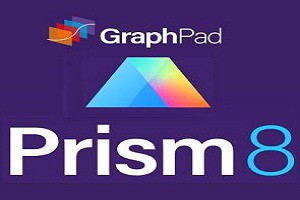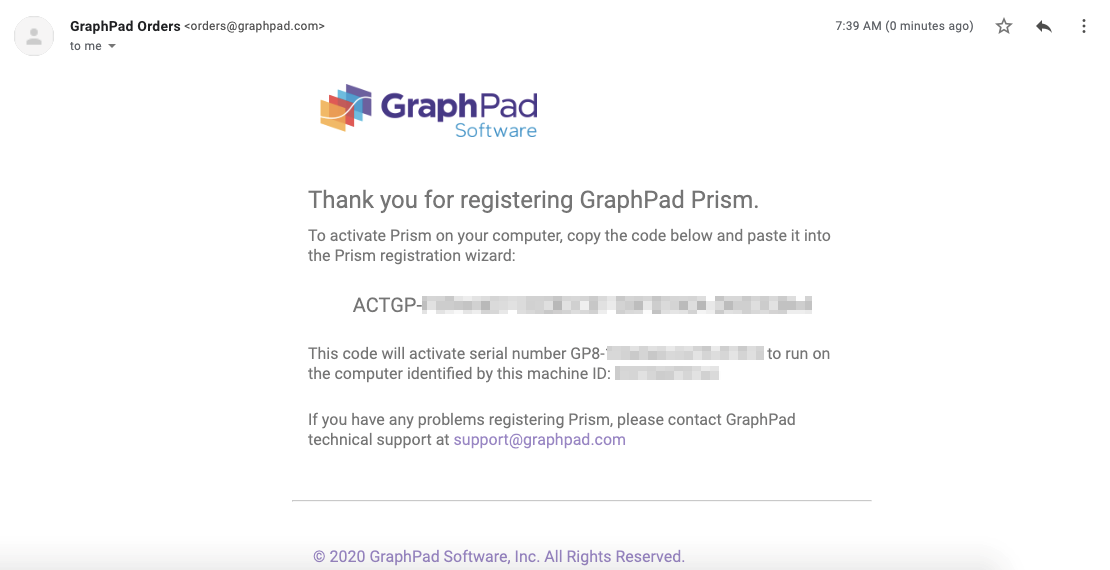
Automatically generate graphs of estimated survival curves for any set of predictor variable values. Perform semi-parametric survival analysis that allows for the inclusion of additional continuous or categorical predictor variables (covariates). Perform nonparametric survival analysis for different groups, and compare the estimated survival curves for each group with the log-rank test (including test for trend).Ĭox proportional hazards regression. Fit straight lines to two data sets and determine the intersection point and both slopes.Easily interpolate points from the best fit curve.Report the covariance matrix or set of dependencies.Runs or replicates test of adequacy of model.Quantify symmetry of imprecision with Hougaard’s skewness.Confidence intervals can be symmetrical (as is traditional) or asymmetrical (which is more accurate). Quantify precision of fits with SE or CI of parameters.Automatically graph curve over specified range of X values.Accept automatic initial estimated values or enter your own.Differentially weight points by several methods and assess how well your weighting method worked.Compare models using extra sum-of-squares F test or AICc.Automatic outlier identification or elimination.Global nonlinear regression – share parameters between data sets.Enter different equations for different data sets.Enter differential or implicit equations.Now including family of growth equations: exponential growth, exponential plateau, Gompertz, logistic, and beta (growth and then decay). Fit one of our 105 built-in equations, or enter your own.Comparison of data from nested data tables using nested t test or nested one-way ANOVA (using mixed effects model).

Analysis of repeated measures data (one-, two-, and three-way) using a mixed effects model (similar to repeated measures ANOVA, but capable of handling missing data).




 0 kommentar(er)
0 kommentar(er)
